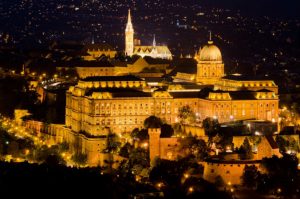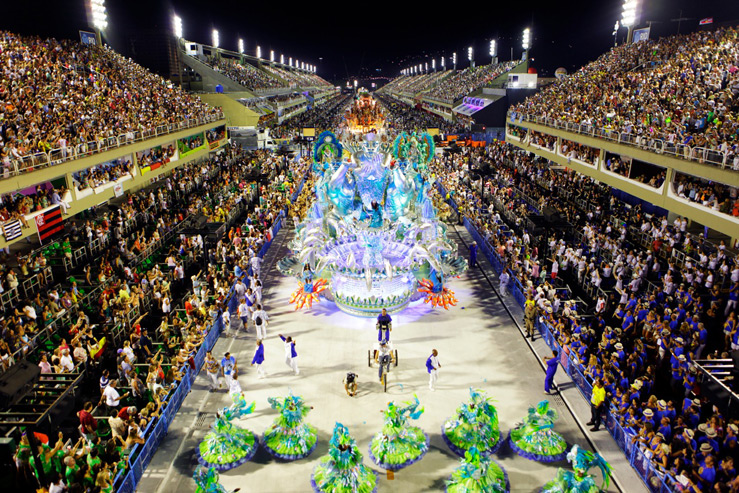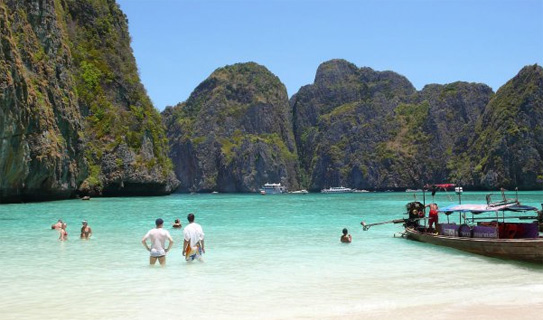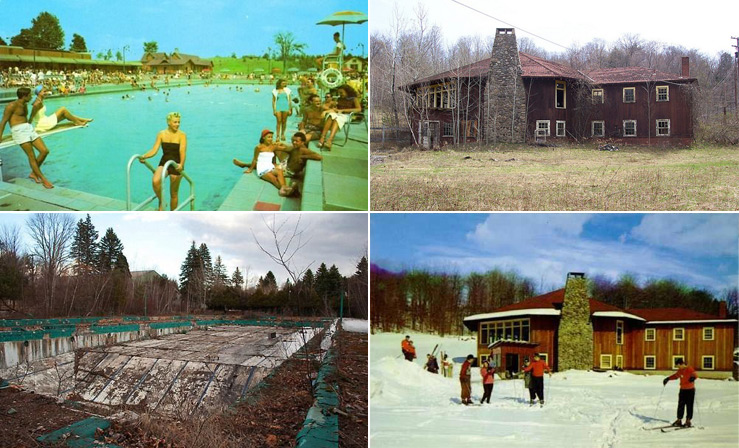Buda Castle in Budapest
 The Buda Castle is the historic castle of the Hungarian kings, which towers on the territory of Budapest. Once it was called the Royal Palace and the Royal Castle …
The Buda Castle is the historic castle of the Hungarian kings, which towers on the territory of Budapest. Once it was called the Royal Palace and the Royal Castle …
Since 2002, this building, along with Andrassy Avenue and ancient Aquincum, has been included in the UNESCO World Heritage List. You can look at it if you explore the hotels of Budapest and book a room for accommodation in one of them. You can get to the fortress on the funicular of Shiklo or by bus from Sell Cell Square.
For the first time the residence of the kings appeared here during the reign of King Bela IV in the 13th century. During the reign of Sigismund, the castle was expanded, in that era it was the largest. After the battle in 1526, Hungary ceased to exist as a kingdom, so the Turks were able to penetrate the building and settle in it.
In the era of the Ottoman Empire, the complex was used as a stable, military barracks, some of the rooms were empty. During the siege of the Allied forces of the Holy League Buda during the liberation of the city during the Great Turkish War, most of the castle was destroyed.
Restoration work began in 1715 by order of Charles IV, he began to build new buildings here, and the work was completed by 1749. In 1849, the revolutionary army of Hungary under the command of Arthur Gergey captured the castle, but after that it completely burned down. Later, in the middle of the 19th century, it was restored; in 1867 Emperor Franz Joseph I was crowned here.
In the 19th century, the autonomous government of the country decided to build a new structure, which would be no worse than any residence of European kings. Work lasted a long time, about 40 years, and ended in 1912. In the same year the opening of the palace took place, it was recognized as one of the most prominent on the territory of Hungary, personified the onset of a new era.
In 1918, when the revolution took place, the Habsburgs were overthrown, the castle became the residence of the ruler Horty Miklog. In 1944, when the city was captured, the building was the last place the Nazis conquered, during the difficult battle the building fell again and turned into ruins.
After the war, archaeological excavations were carried out here, their aim was the restoration of some medieval structures, for example, buildings from the time of Sigismund. The reconstruction of these fortifications greatly changed the appearance of the modern city, it was possible to combine these structures and the modern layout of the palace.
Under communism, it was believed that the Royal Palace was a symbol of the former regime, the oppression of the people, so the building was strongly modified, many valuable architectural elements were removed or not restored at all after the war. At that time, this place turned into the cultural center of the city, the Hungarian National Gallery is located here. The National Library House and the Budapest History Museum. The restoration work was finally completed in 1966, and it was not until 1980 that the interior was completely restored.
In 2006, under the direction of the Hungarian National Cultural Heritage Fund, a plan for the long-term development of the Royal Palace was drawn up. After research, it turned out that the post-war restoration led to the fact that many elements of the building were irretrievably lost, it was decided to restore them, but the final decision was not taken yet.




